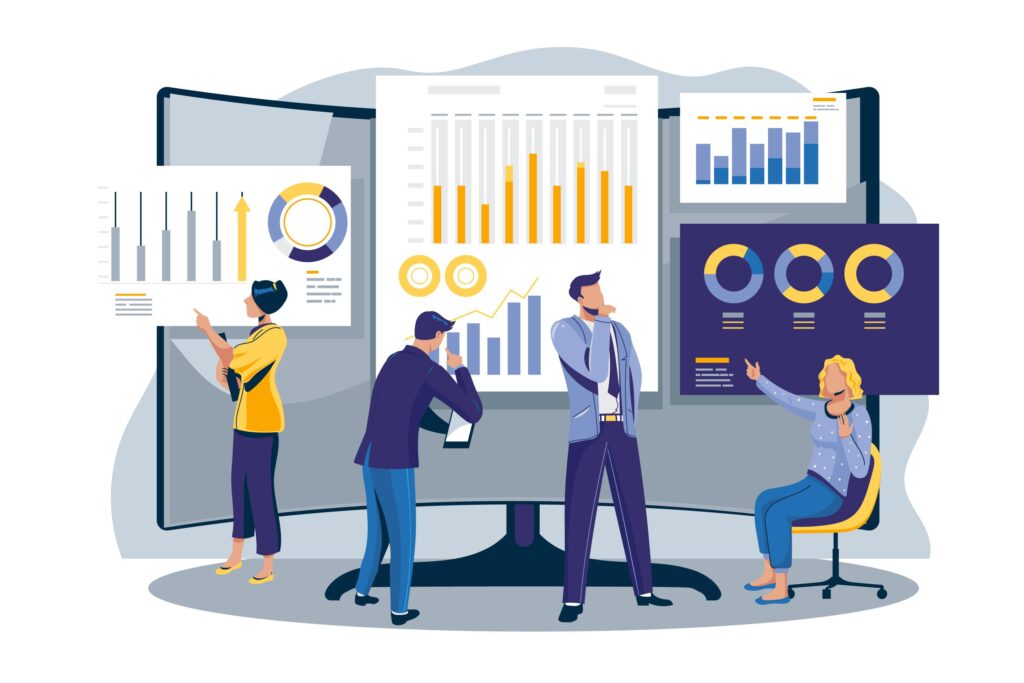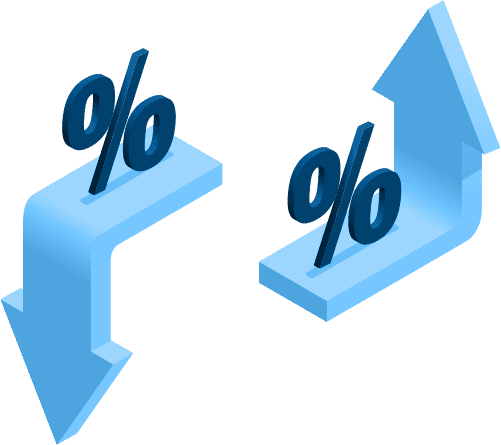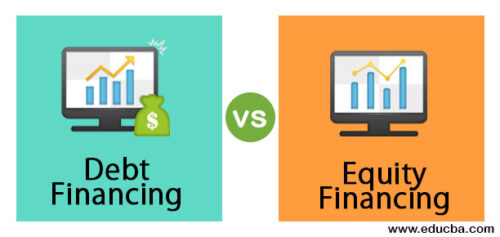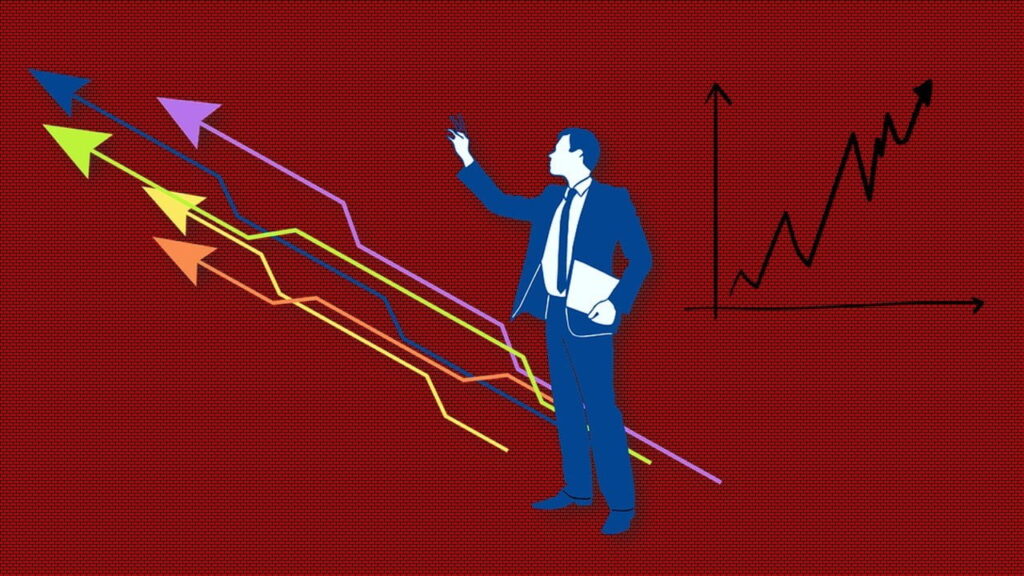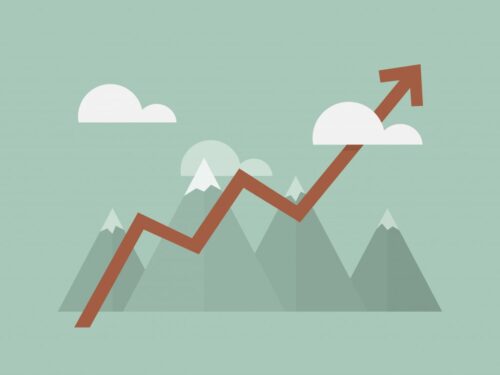THE RELATIONSHIP BETWEEN CAPITAL AND INTEREST: AN ECONOMIC PERSPECTIVE
THE RELATIONSHIP BETWEEN CAPITAL AND INTEREST: AN ECONOMIC PERSPECTIVE Introduction The relationship between capital and interest is a fundamental concept in economics. Capital refers to the assets or resources used in the production of goods and services, while interest is the cost of borrowing or the return on investment. Understanding the dynamics between capital and […]
THE RELATIONSHIP BETWEEN CAPITAL AND INTEREST: AN ECONOMIC PERSPECTIVE Read More »

